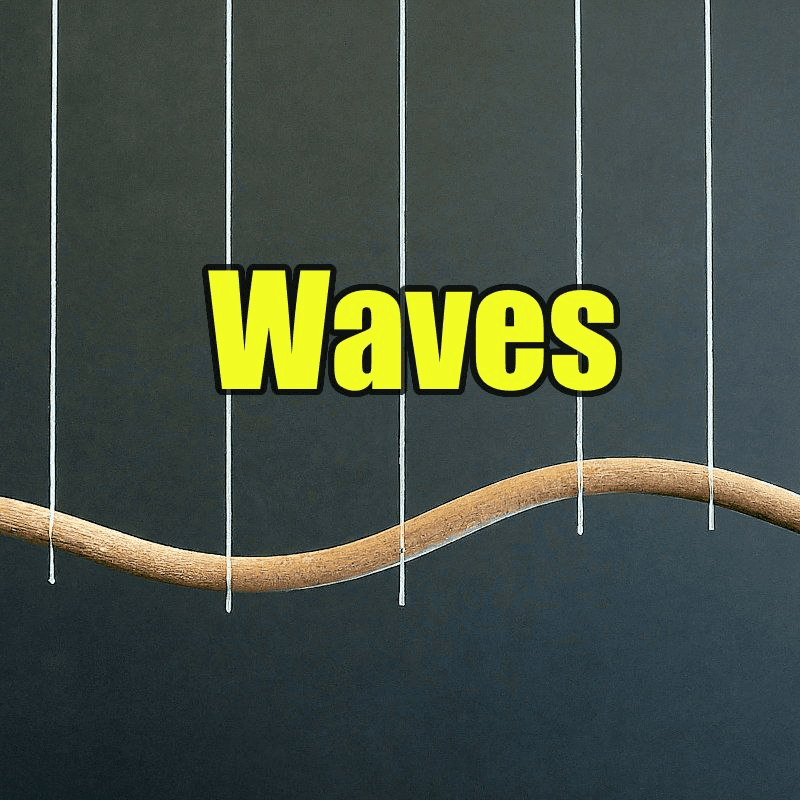Mnemonics: Waves | Physics Class 11 - NEET PDF Download
Understanding waves can be tricky, but mnemonics make it simple and memorable! With a touch of creativity, you can easily recall the essential properties of standing waves and wave types without getting lost in complex details.
Let’s dive in and decode waves with some clever cues.
1. Standing Waves
Mnemonics: "Nodes Never Move, Antinodes Always Dance."
Explanation:
Standing waves are formed when two waves of the same frequency and amplitude travel in opposite directions and interfere with each other. They appear stationary because certain points (nodes) remain fixed, while others (antinodes) oscillate with maximum amplitude.
Nodes:
Points of zero amplitude where destructive interference occurs. These points remain stationary.
Mnemonic: "Nodes Never Move."Antinodes:
Points of maximum amplitude where constructive interference occurs. These points oscillate vigorously.
Mnemonic: "Antinodes Always Dance."

2. Waves
Mnemonics: "Teacher Punished Lazy Dog"
This mnemonic helps remember the particle oscillations in Transverse and Longitudinal waves:
- Teacher: Transverse
- Punished: Perpendicular
- Lazy: Longitudinal
- Dog: In the Direction
T→ P:
Transverse wave → Perpendicular
In a transverse wave, particle oscillations are perpendicular to the direction of wave propagation.
Example: Light waves, water waves.L → D:
Longitudinal wave → Direction
In a longitudinal wave, particle oscillations are in the same direction as the wave propagation.
Example: Sound waves, compressions in a spring.

|
96 videos|367 docs|98 tests
|





















